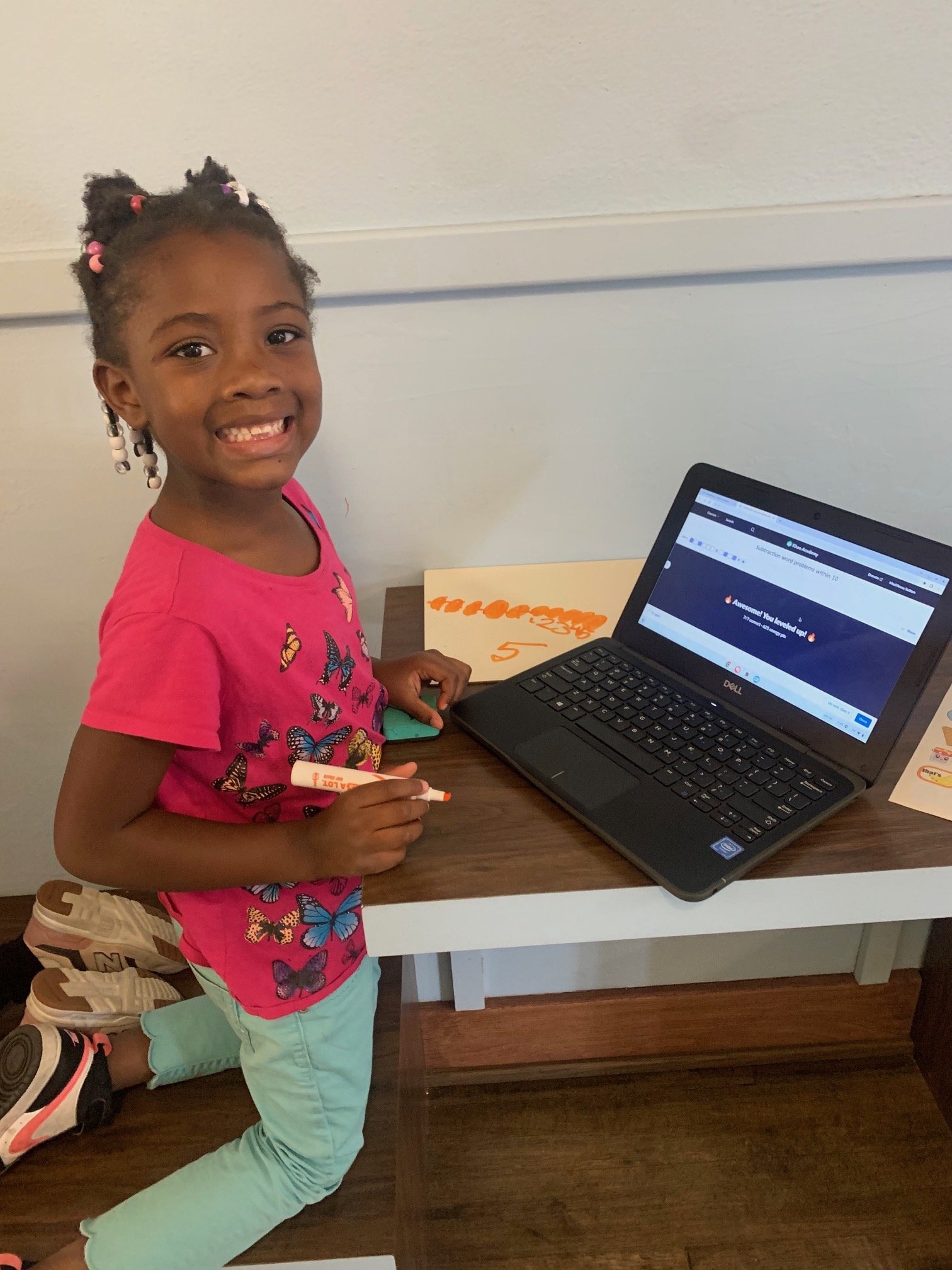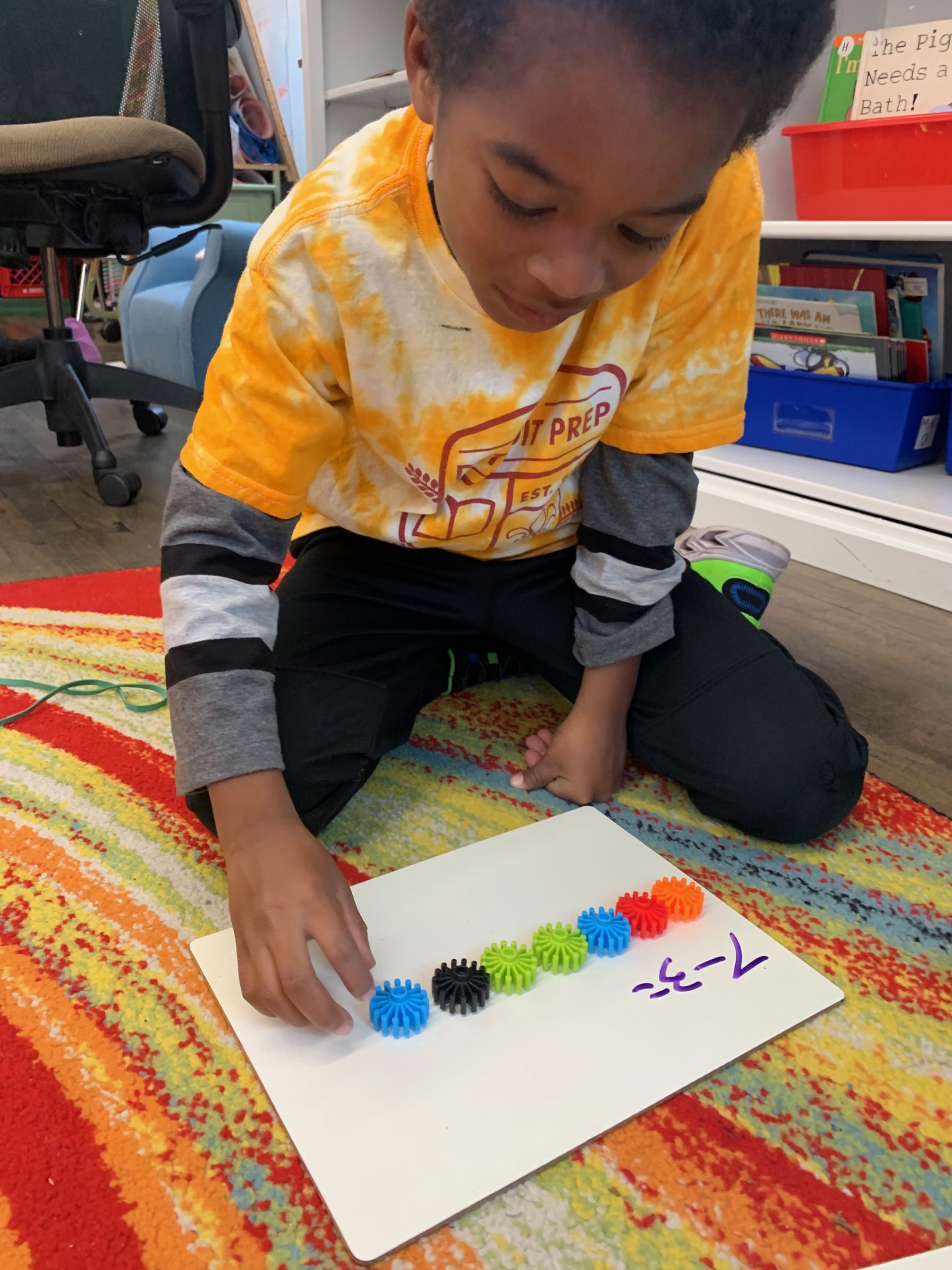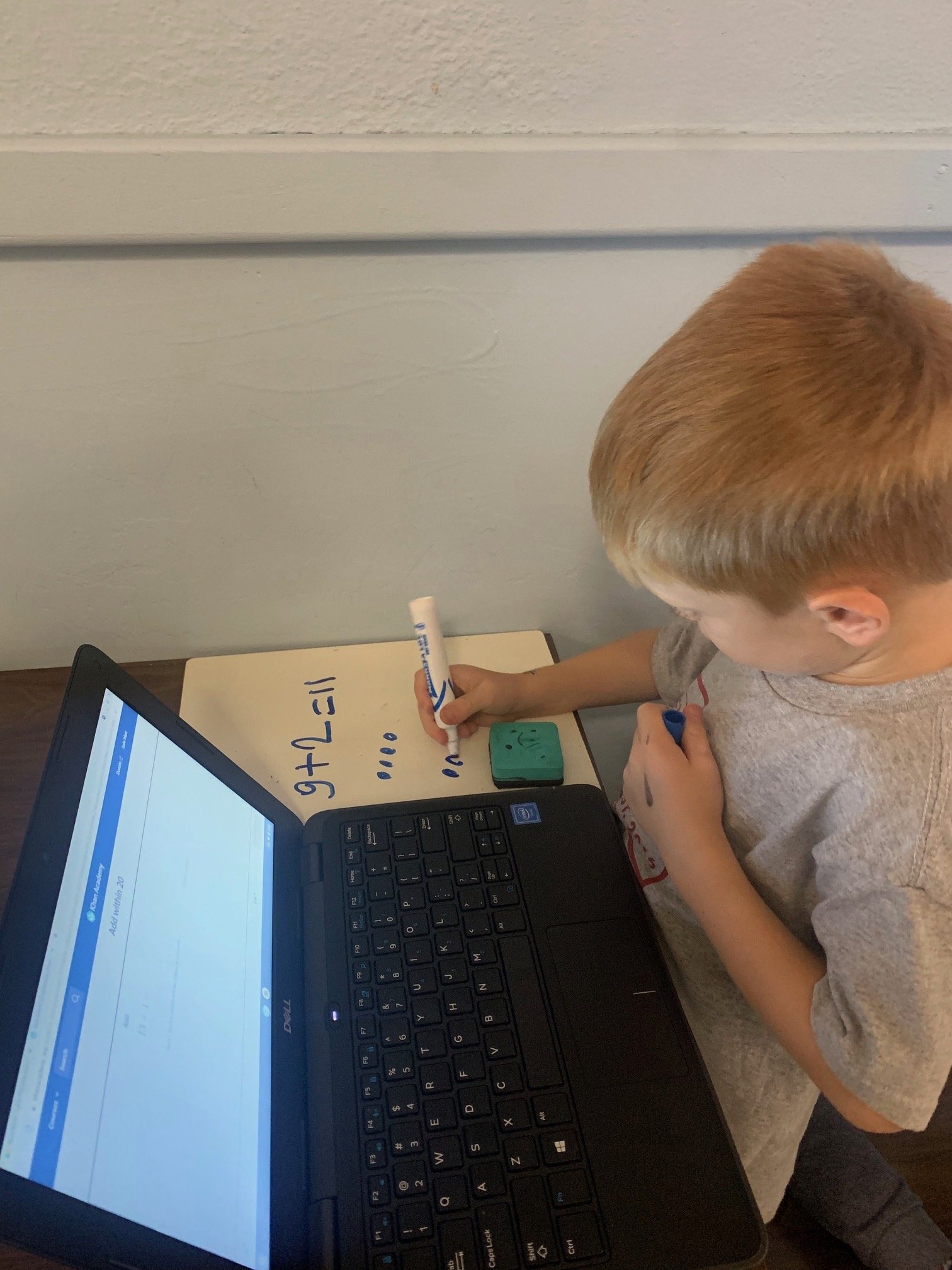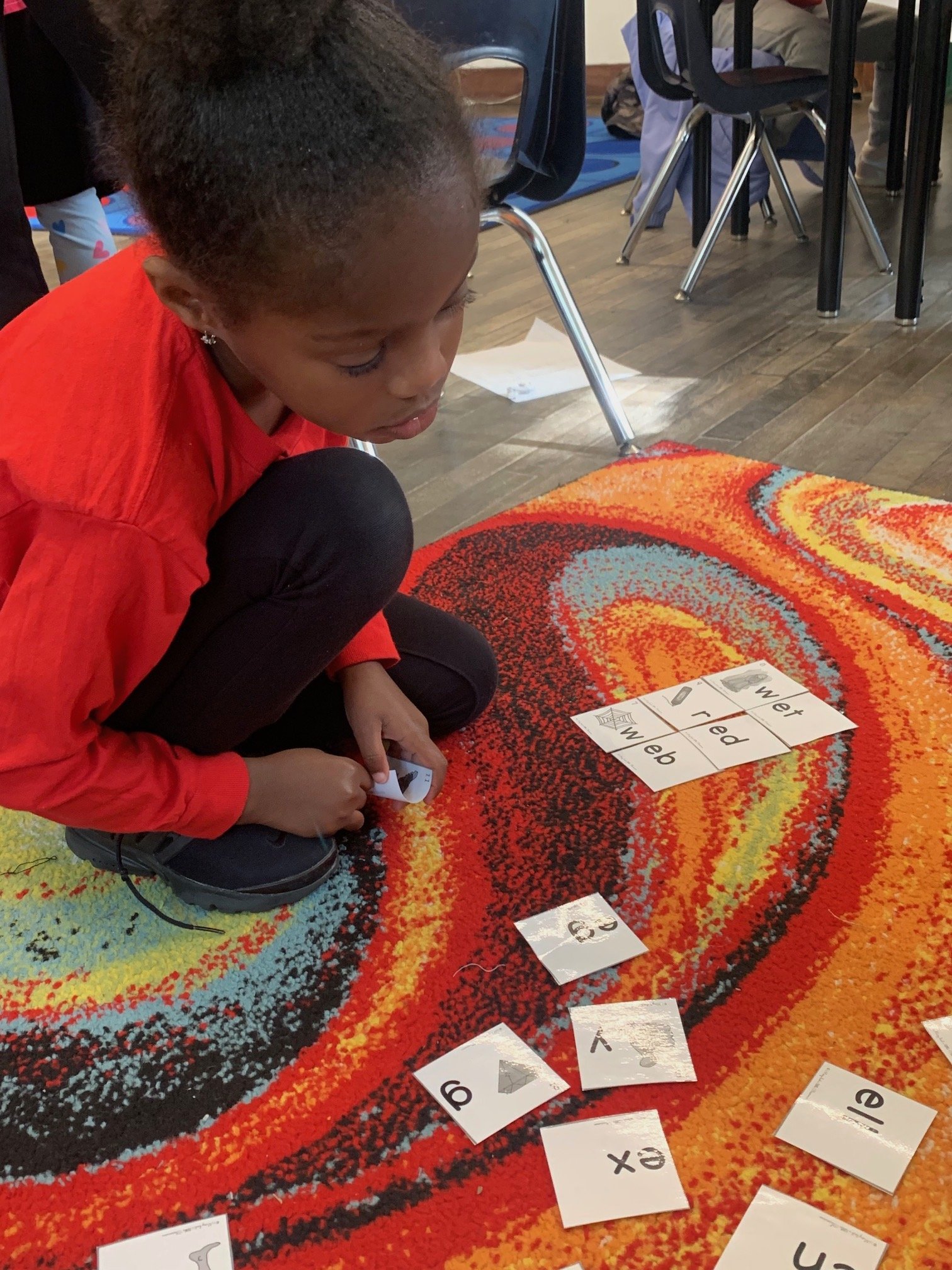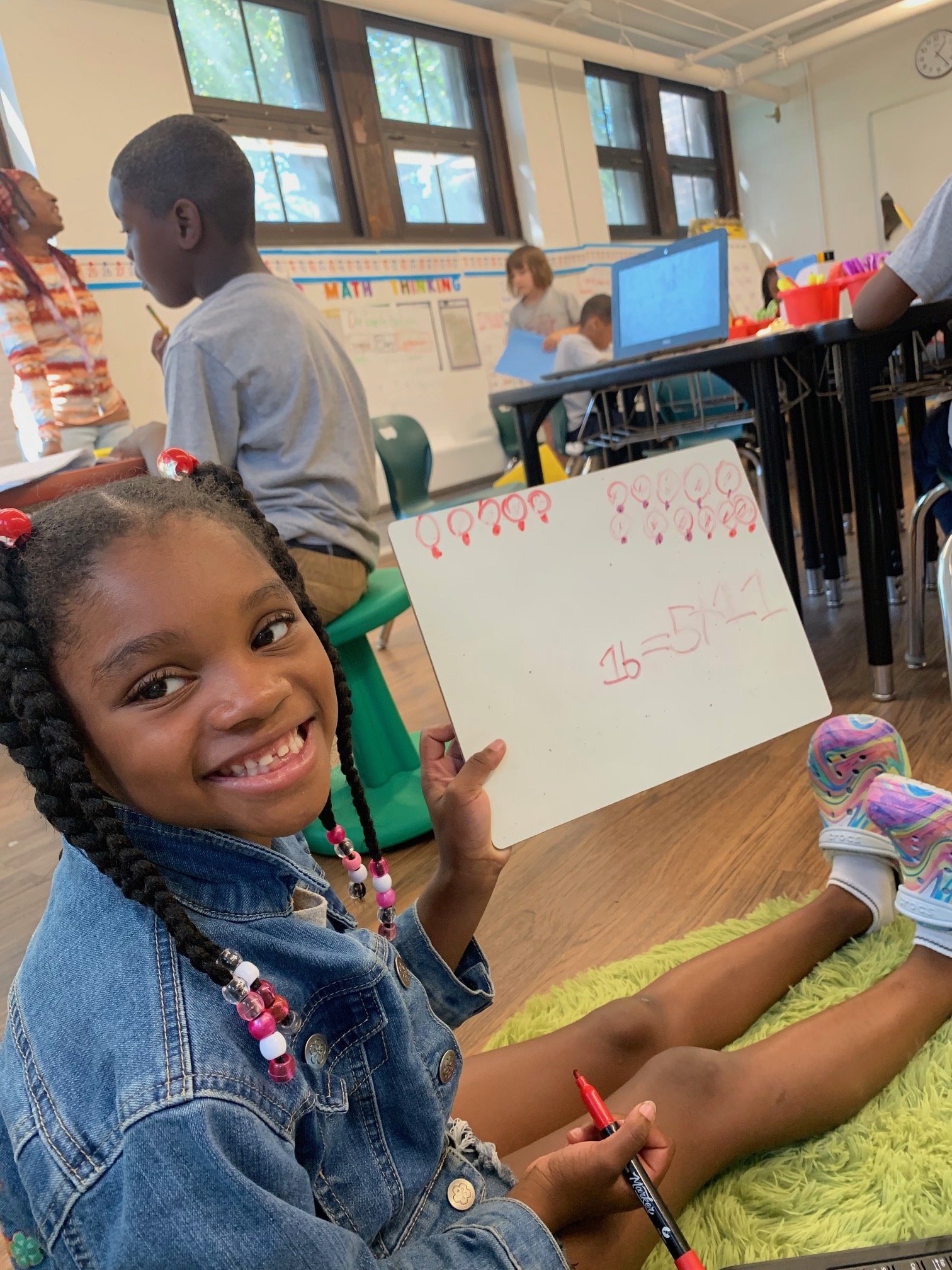The Power of Strategic Instruction
This year I joined the Detroit Prep Crew as a Strategic Instruction Teacher. I brought my background of being a classroom teacher for nine years into this new role.
So, what is Strategic Instruction? It is meeting in a small group setting with 2-6 students from each crew throughout the day in both reading and math. Every day, I have the opportunity to spend time in five amazing crews in both 1 st and 2 nd grade. Each group is given an empowering name such as “The Believers,” “The Goal-Setters,” “Mathletes,” or “Mathematicians.” When I arrive at the classroom, I hold up a sign with the group name and students pause their independent work to meet with me in a designated spot in the classroom. Students know when they see the sign, it is time to meet with me! Our designated spot varies in location in each class; in some, we meet on a small carpet, in others we sit on cushions in the back of the room.
When we first began meeting, we discussed what these group names meant and how they connected to our goals for small group. Before each mini-lesson, students are provided with an “I can” statement which describes our intention for the lesson and what we need to achieve to meet our goals.
In reading, we begin with a quick practice such as letter sounds or reading grade level sight words. Then we begin guided reading. Each week, I chose a book on students’ reading level that we will practice with. Students are working on their fluency as well as their prosody. Each student either whisper reads or reads in their head until I tap in front of them. Then they read aloud to me until I move on to the next student. After guided reading, we focus our attention on a weekly skill.
For example, in 1st grade we have been working on identifying rhyming words. In 2nd grade we have been practicing digraphs such as the “ch” and “sh” sounds. Sometimes weuse whiteboards, or we play a game to practice the skill. On Thursdays, students use an online resource called “BookNook” to assess their understanding of the skill. On Fridays, we review misconceptions or play a reading game! We also discuss if we met our goals.
Much like reading, in math we begin with a quick practice, such as addition math facts. We discuss math vocabulary that may come up in the lesson. Then we begin to practice our math skill of the week. Students are introduced to a variety of strategies to use for a particular skill.
For example, 1 st grade was focusing on adding numbers within 20. Students were shown different ways to solve such as drawing a picture, using a number line, or using manipulatives such as counters. Students were given the choice to pick which strategy worked for them. During the week, we practice the skill using games and our whiteboards. On Thursdays, students take an assessment on another online resource called “Khan Academy” to check their understanding of the skill. On Fridays, we continue to review the skill and celebrate our success.
I am so excited to be in this new role, but even more excited about the growth I have already witnessed! By receiving more individualized attention, the students are making strides in both reading and math. They are proud of their results and love to share their success with their families and classroom crew leader. I am overjoyed to see students taking ownership of their work. Practice makes progress, and that’s exactly what I am seeing!
